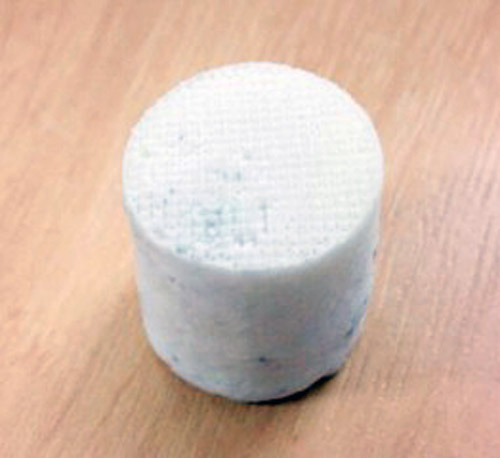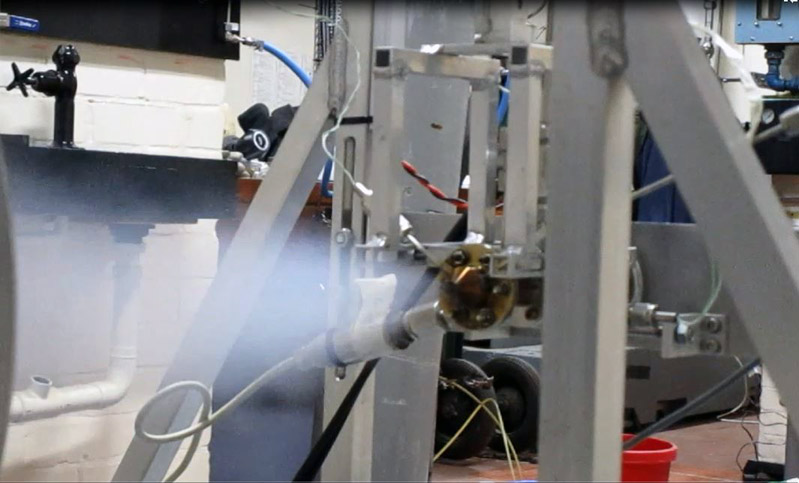After watching Space X explode 27 miles in the air over Cape Canaveral as it went supersonic, I’m looking for some good space news. Fortunately, the initial trials for the first additively manufactured ceramic catalyst bed have been successful. The team behind the trials, led by researchers at the University of Birmingham in England, believe that their new 3D printed ceramic thruster could significantly affect the longevity and the efficiency of space travel.
Historically, the city of Birmingham has been associated with manufacturing since before the Industrial Revolution. In 1791, it was even called “the first manufacturing town in the world.” Now, with funding from the ESA (European Space Agency), it looks like the University of Birmingham is on the forefront again of manufacturing technology, but, this time, they have 3D printed enhanced catalyst bed thrusters that could launch us out of orbit. The trials are the apex of several years of research and experiments using 3D printing technology to explore the potential for 3D space engineering and creating a new generation of rocket engines.

Some of the results: High and repeatable performance overall with and a non-toxic, environmentally sound hydrogen peroxide monopropellant. Judging from the trials, it seems that University of Birmingham’s monolithic catalyst beds actually out-perform standard ceria pellets catalyst beds. According to the trials, the engine performance was a 20N thrust at 700oc, 3.5bar Pressure drop and 909m/s C* with 99% C* efficiency recorded. In other words, the catalyst beds were extremely reactive.
This 3D printed catalyst bed and all of the additive manufactured parts that are making their way through trials will certainly impact the space industry by encouraging innovative design and material use, increasing performance and compactness, aiding in lower production costs and in producing less overall waste in the manufacturing process. 3D printed products like the University of Birmingham’s catalyst bed, may take years to develop, but once they have a working prototype, can be additively manufactured very quickly so they can make an immediate impact on the market.
Dr. Khamis Essa said of their testing, “These results are truly impressive. The testing team indicated that they have never seen performance like this. I’m excited about developing such revolutionary new technology and look forward to seeing it make high impacts on the space industry.”





